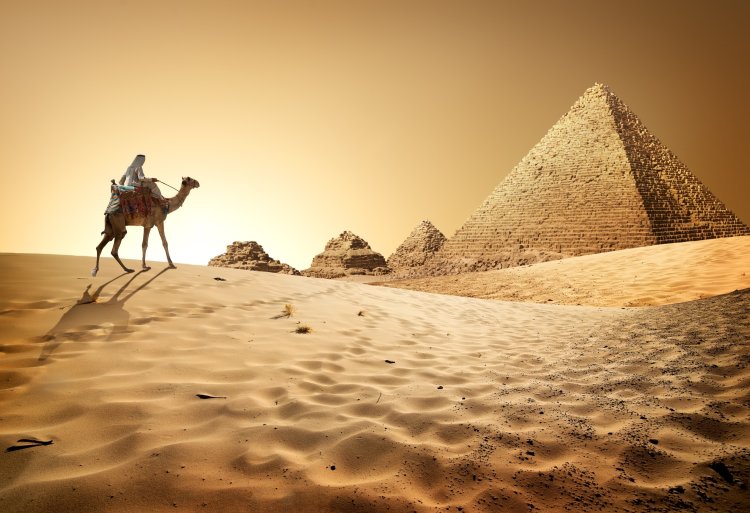The height of the summer 1799: the French army led by Napoleon Bonaparte is fortifying its positions in Egypt: Napoleon’s Egyptian campaign is on. The French are building Fort Julien in the town of Rosetta, near the south Mediterranean coast, on the bank of the Nile. Working on the fort, they find a stone, which will give birth to a new science 23 years later. The science called Egyptology.
A black slab, nearly 115 cm high, over 72 cm wide and almost 28 cm thick, with three inscriptions. Ancient Egyptian hieroglyphs, a Demotic text and a text in Ancient Greek speak of the same thing – this is a thank you note sent by Egyptian priests to Ptolemy V Epiphanes in 196 B.C. The Rosetta Stone is a fragment of a large stela; no more fragments of it have been found. There was not a single complete text on the damaged slab. There were 54 lines in Greek, of which 27 lines were complete. The Demotic text was the best-preserved part: 32 lines, the first 14 of which were slightly damaged on the right. Only the last 14 lines of the hieroglyphic text survived, all incomplete.
It was the Rosetta Stone that started Egyptology as a science. Linguists had no understanding of the Egyptian language and script before the discovery of the stone and the subsequent deciphering of the inscriptions on it. The Egyptian texts on the stone were being deciphered in parallel by French researchers Silvestre de Sacy and Jean-François Champollion, Russian linguist Ivan Gulyanov, Johan David Åkerblad from Sweden, and British scientist Thomas Young. The slab gave hope for the deciphering of Ancient Egyptian script. This was mentioned in the very first publication regarding the discovery of the Rosetta Stone.
It was Jean-François Champollion of France who made the breakthrough in understanding of the Ancient Egyptian hieroglyphs. He came up with the idea that the Egyptian hieroglyphs mostly stood for consonants and syllables as opposed to whole words. On September 22, 1822, the French historian reported at the Academy of Inscriptions in Paris that the Egyptian hieroglyphic script had been deciphered. The day is considered the Egyptology foundation date. Champollion’s work with the Rosetta stone, amongst other things, provided input for his published work Egyptian Grammar (Grammaire égyptienne). The book allowed other scientist to decipher ancient texts and pushed research of Ancient Egypt forward.
The Rosetta Stone has been part of the collection of the British Museum since 1802. When the French were defeated by the British, the slab was handed over in Alexandria as a trophy along with a number of other valuable finds as “a stone of black granite with three hieroglyphic inscriptions, in Egyptian and Greek, found at Rosetta.”
Photo: givaga / ru.123rf.com
Based on: World History, Wikipedia






















